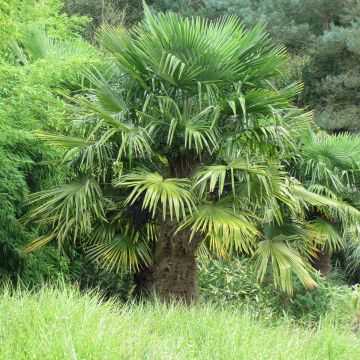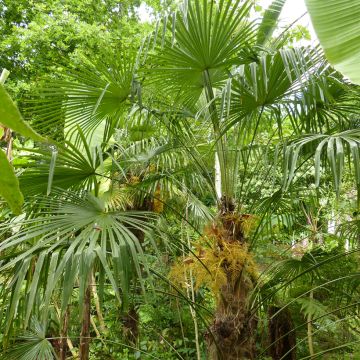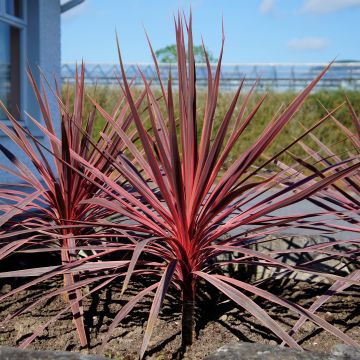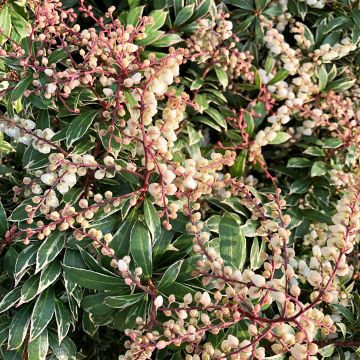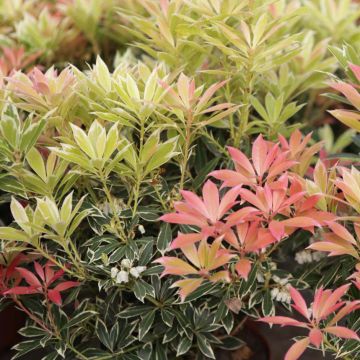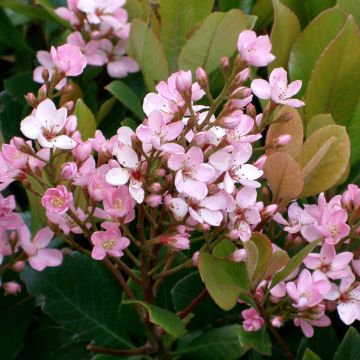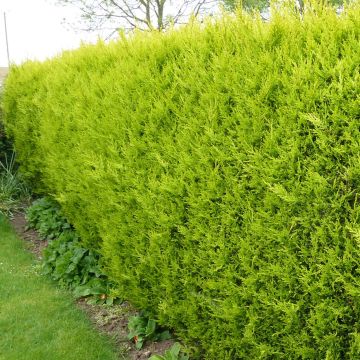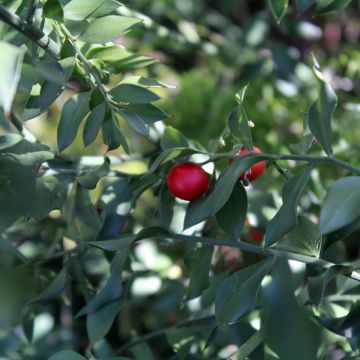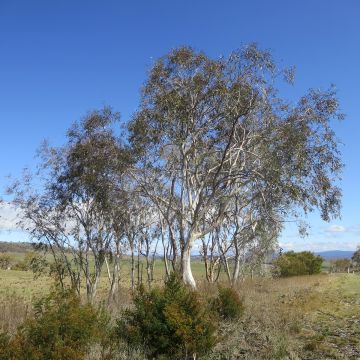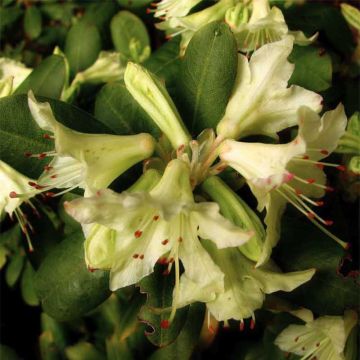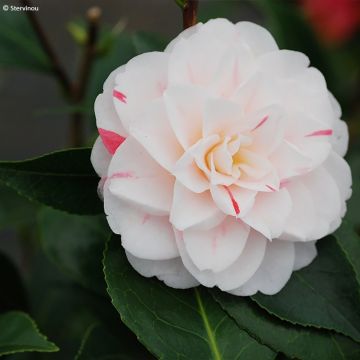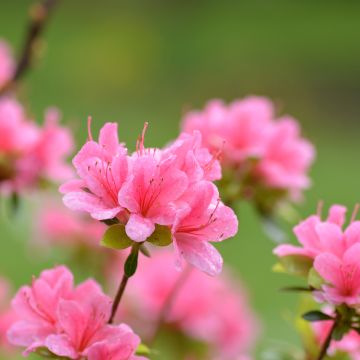

Trachycarpus wagnerianus - Dwarf Chusan Palm
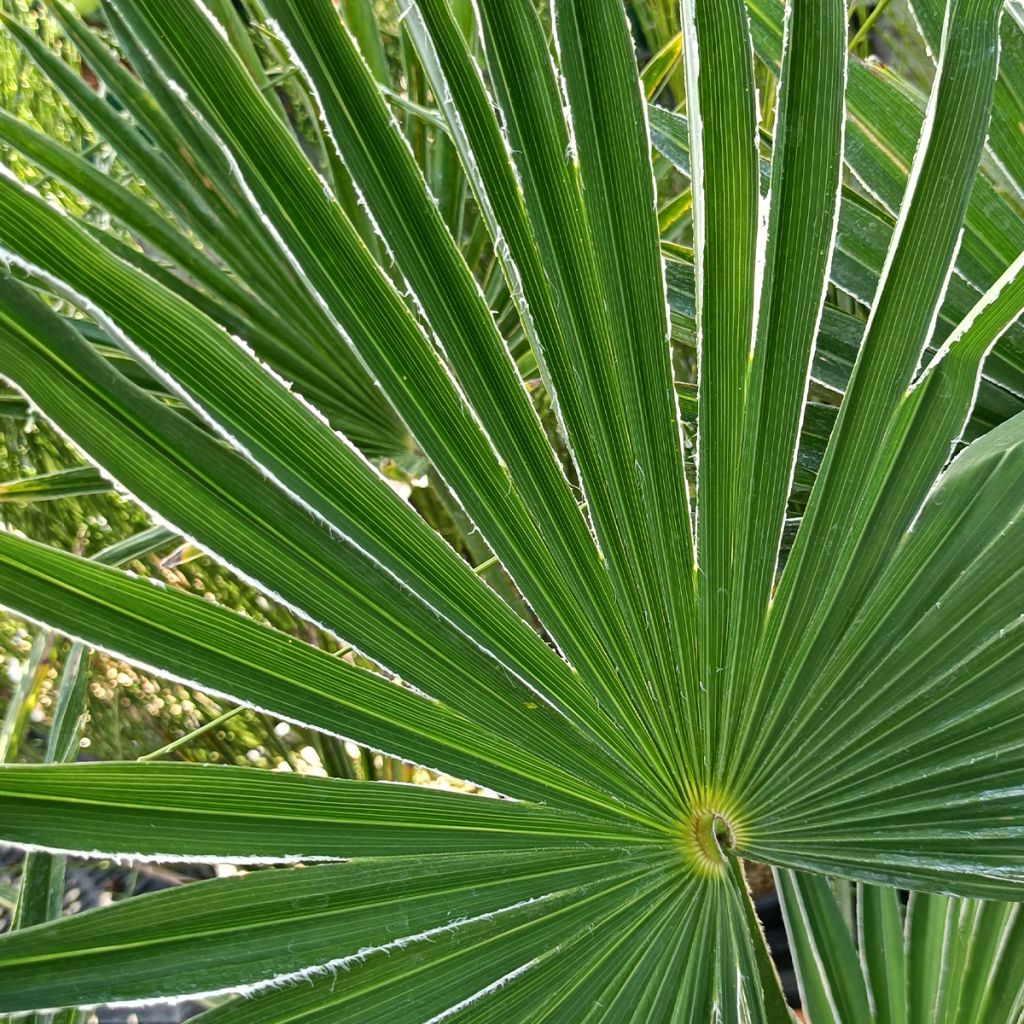

Trachycarpus wagnerianus - Dwarf Chusan Palm
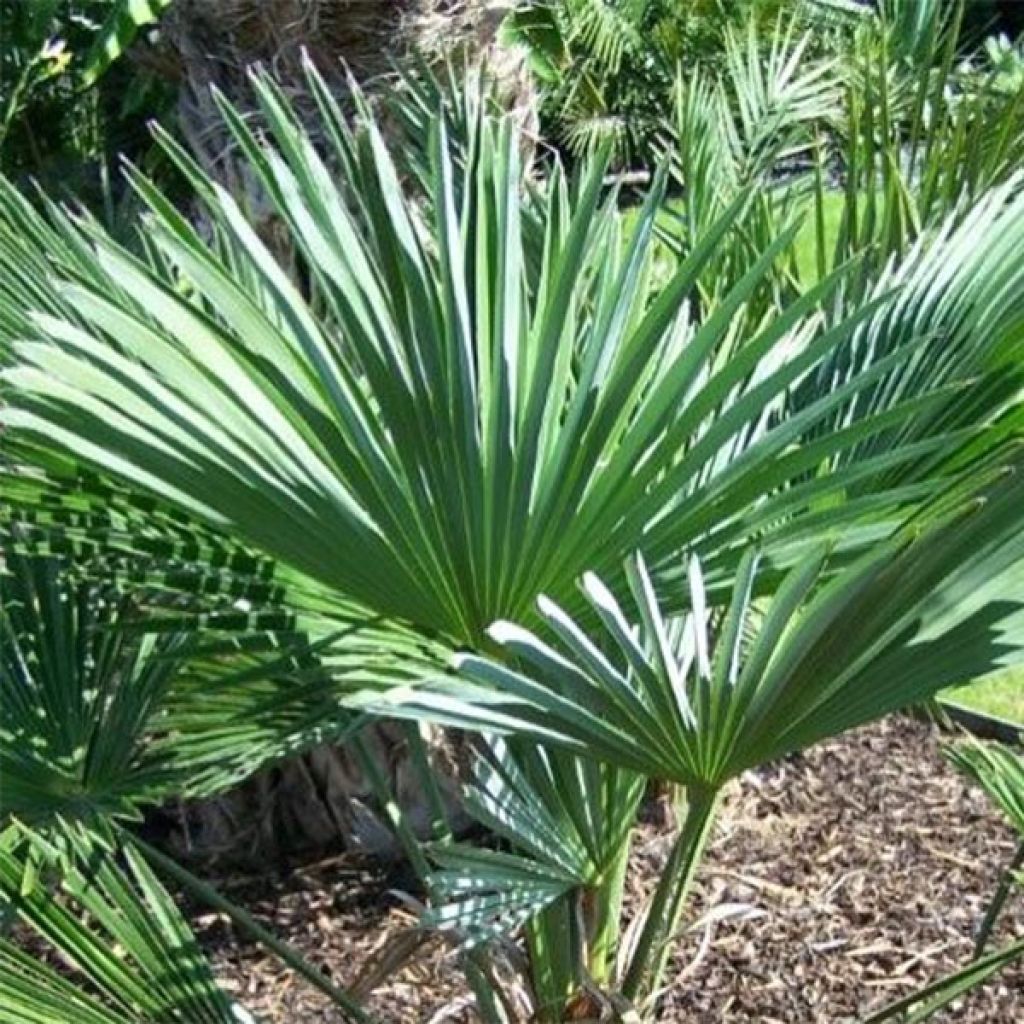

Trachycarpus wagnerianus - Dwarf Chusan Palm
Trachycarpus wagnerianus - Dwarf Chusan Palm
Trachycarpus wagnerianus
Dwarf Chusan Palm
This plant carries a 24 months recovery warranty
More information
We guarantee the quality of our plants for a full growing cycle, and will replace at our expense any plant that fails to recover under normal climatic and planting conditions.
From €5.90 for pickup delivery and €6.90 for home delivery
Express home delivery from €8.90.
Oversize package: home delivery by special carrier from €6.90 per order..
Express home delivery from €8.90.

Does this plant fit my garden?
Set up your Plantfit profile →
Description
Trachycarpus wagnerianus, also known as the Dwarf Chusan Palm, is an impressive Asian palm, even hardier than its famous cousin, Trachycarpus fortunei. As elegant but more compact than the latter, this variety is well suited for small gardens and terraces. A captivating plant, it bears a highly ornamental appearance. Its stiffer, more compact, and smaller leaves, give it a bonsai-like look, and adds a touch of exoticism to any flowerbed.
Trachycarpus wagnerianus belongs to the family of Arecaceae. This shrubby plant is not known in the wild, but it has been cultivated for a long time in Japan, where its origins are lost. The English botanist Robert Fortune brought back seeds to Europe around 1850. It might be a subspecies of Trachycarpus fortunei. This particularly resistant evergreen palm adapts to all climates, whether they are cold temperate or subtropical and dry.
From a young age, this palm shows a very balanced habit, and its deep green leaves bordered with white are beautiful. It grows slowly when young (the first 4 or 5 years), reaching a height of 3 m to 4 m (9.8 ft to 13.1 ft) at the age of 12, when planted in the ground. Its vegetation consists of a narrow false trunk (stipe) at the base, covered with a mass of fibres and foliar scars in the upper part, carrying a very compact crown made up of about twenty fan-shaped leaves. These leaves, borne on petioles 50 cm to 60 cm (19.7 in to 23.6 in) long, are deep green, clear, very vibrant, rigid and strongly palmate, and do not exceed 60 cm (23.6 in) in diameter. An adult plant will flower in June-July. The flowers, cream-coloured in females and bright yellow in males, are carried by branched inflorescences that emerge from between the leaves. This species is dioecious: each individual is either male or female. Only female plants bear clusters of small black-blue fruits, containing a black seed at ripeness.
This dwarf palm is, along with the Chamaerops humilis, one of the easiest to acclimate in many regions. In the ground, it can be placed in isolation, not far from a swimming pool for example, along with Tetrapanax Rex, banana trees, or yuccas, in an exotic-inspired setting. But this variety reveals its full potential when planted in isolation or in a large rockery. A bit difficult to plant with others, it can nevertheless be planted in groups of 3 individuals and surrounded by a carpet of cistus, a sowing of purslanes, or a blanket of Felicia. Plant it in a contemporary garden above a tide of white pebbles. It will make a magnificent specimen on a terrace or balcony, planted in a carefully chosen large container.
Report an error about the product description
Trachycarpus wagnerianus - Dwarf Chusan Palm in pictures




Plant habit
Flowering
Foliage
Botanical data
Trachycarpus
wagnerianus
Arecaceae
Dwarf Chusan Palm
Southeast Asia
Other Trachycarpus
Planting and care
Plant in a well-cultivated, light, rich and fairly moist soil. Once established, it will tolerate drought. Ideally, it should be planted in a balanced mixture of potting soil and garden soil. Choose a location protected from cold and dry winds. Water regularly for the first 3 years, especially if the summer is dry. Easy to grow, it requires little maintenance except for pruning the oldest fronds close to the stem.
Planting period
Intended location
Care
-
, onOrder confirmed
Reply from on Promesse de fleurs
Evergreen shrubs
Haven't found what you were looking for?
Hardiness is the lowest winter temperature a plant can endure without suffering serious damage or even dying. However, hardiness is affected by location (a sheltered area, such as a patio), protection (winter cover) and soil type (hardiness is improved by well-drained soil).

Photo Sharing Terms & Conditions
In order to encourage gardeners to interact and share their experiences, Promesse de fleurs offers various media enabling content to be uploaded onto its Site - in particular via the ‘Photo sharing’ module.
The User agrees to refrain from:
- Posting any content that is illegal, prejudicial, insulting, racist, inciteful to hatred, revisionist, contrary to public decency, that infringes on privacy or on the privacy rights of third parties, in particular the publicity rights of persons and goods, intellectual property rights, or the right to privacy.
- Submitting content on behalf of a third party;
- Impersonate the identity of a third party and/or publish any personal information about a third party;
In general, the User undertakes to refrain from any unethical behaviour.
All Content (in particular text, comments, files, images, photos, videos, creative works, etc.), which may be subject to property or intellectual property rights, image or other private rights, shall remain the property of the User, subject to the limited rights granted by the terms of the licence granted by Promesse de fleurs as stated below. Users are at liberty to publish or not to publish such Content on the Site, notably via the ‘Photo Sharing’ facility, and accept that this Content shall be made public and freely accessible, notably on the Internet.
Users further acknowledge, undertake to have ,and guarantee that they hold all necessary rights and permissions to publish such material on the Site, in particular with regard to the legislation in force pertaining to any privacy, property, intellectual property, image, or contractual rights, or rights of any other nature. By publishing such Content on the Site, Users acknowledge accepting full liability as publishers of the Content within the meaning of the law, and grant Promesse de fleurs, free of charge, an inclusive, worldwide licence for the said Content for the entire duration of its publication, including all reproduction, representation, up/downloading, displaying, performing, transmission, and storage rights.
Users also grant permission for their name to be linked to the Content and accept that this link may not always be made available.
By engaging in posting material, Users consent to their Content becoming automatically accessible on the Internet, in particular on other sites and/or blogs and/or web pages of the Promesse de fleurs site, including in particular social pages and the Promesse de fleurs catalogue.
Users may secure the removal of entrusted content free of charge by issuing a simple request via our contact form.
The flowering period indicated on our website applies to countries and regions located in USDA zone 8 (France, the United Kingdom, Ireland, the Netherlands, etc.)
It will vary according to where you live:
- In zones 9 to 10 (Italy, Spain, Greece, etc.), flowering will occur about 2 to 4 weeks earlier.
- In zones 6 to 7 (Germany, Poland, Slovenia, and lower mountainous regions), flowering will be delayed by 2 to 3 weeks.
- In zone 5 (Central Europe, Scandinavia), blooming will be delayed by 3 to 5 weeks.
In temperate climates, pruning of spring-flowering shrubs (forsythia, spireas, etc.) should be done just after flowering.
Pruning of summer-flowering shrubs (Indian Lilac, Perovskia, etc.) can be done in winter or spring.
In cold regions as well as with frost-sensitive plants, avoid pruning too early when severe frosts may still occur.
The planting period indicated on our website applies to countries and regions located in USDA zone 8 (France, United Kingdom, Ireland, Netherlands).
It will vary according to where you live:
- In Mediterranean zones (Marseille, Madrid, Milan, etc.), autumn and winter are the best planting periods.
- In continental zones (Strasbourg, Munich, Vienna, etc.), delay planting by 2 to 3 weeks in spring and bring it forward by 2 to 4 weeks in autumn.
- In mountainous regions (the Alps, Pyrenees, Carpathians, etc.), it is best to plant in late spring (May-June) or late summer (August-September).
The harvesting period indicated on our website applies to countries and regions in USDA zone 8 (France, England, Ireland, the Netherlands).
In colder areas (Scandinavia, Poland, Austria...) fruit and vegetable harvests are likely to be delayed by 3-4 weeks.
In warmer areas (Italy, Spain, Greece, etc.), harvesting will probably take place earlier, depending on weather conditions.
The sowing periods indicated on our website apply to countries and regions within USDA Zone 8 (France, UK, Ireland, Netherlands).
In colder areas (Scandinavia, Poland, Austria...), delay any outdoor sowing by 3-4 weeks, or sow under glass.
In warmer climes (Italy, Spain, Greece, etc.), bring outdoor sowing forward by a few weeks.

































